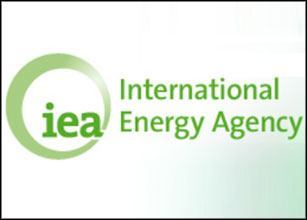The International Energy Agency (IEA) warned that without a bold change of policy direction, the world will lock itself into an insecure, inefficient and high-carbon energy system.
The IEA made these warning at the launch of the 2011 edition of the World Energy Outlook (WEO).? IEA Executive Director Maria van der Hoeven stated: ?Growth, prosperity and rising population will inevitably push up energy needs over the coming decades. But we cannot continue to rely on insecure and environmentally unsustainable uses of energy.?
?Governments need to introduce stronger measures to drive investment in efficient and low-carbon technologies. The Fukushima nuclear accident, the turmoil in parts of the Middle East and North Africa and a sharp rebound in energy demand in 2010 which pushed CO2 emissions to a record high, highlight the urgency and the scale of the challenge,? said van der Hoeven.
Fukushima Daiichi has raised questions about the future role of nuclear power. In the New Policies Scenario, nuclear output rises by over 70 per cent by 2035, only slightly less than projected last year, as most countries with nuclear programmes have reaffirmed their commitment to them. But given the increased uncertainty, that could change.
A special Low Nuclear Case examines what would happen if the anticipated contribution of nuclear to future energy supply were to be halved. While providing a boost to renewables, such a slowdown would increase import bills, heighten energy security concerns and make it harder and more expensive to combat climate change.
In the New Policies Scenario, cumulative CO2 emissions over the next 25 years amount to three-quarters of the total from the past 110 years, leading to a long-term average temperature rise of 3.5?C.
?As each year passes without clear signals to drive investment in clean energy, the ?lock-in? of high-carbon infrastructure is making it harder and more expensive to meet our energy security and climate goals,? said Fatih Birol, IEA Chief Economist.
The WEO presents a 450 Scenario, which traces an energy path consistent with meeting the globally agreed goal of limiting the temperature rise to 2?C. Four-fifths of the total energy-related CO2 emissions permitted to 2035 in the 450 Scenario are already locked-in by existing capital stock, including power stations, buildings and factories. Without further action by 2017, the energy-related infrastructure then in place would generate all the CO2 emissions allowed in the 450 Scenario up to 2035.




